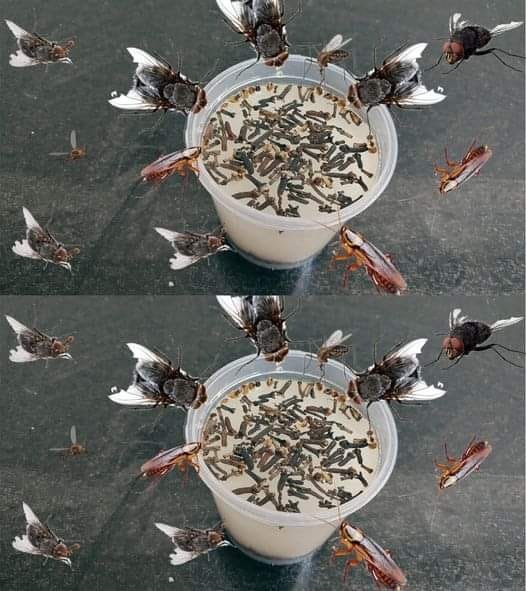Not Just a Quirk—A Hygiene Solution
These hallway sinks weren’t installed for decorative effect or to save on plumbing costs. They had a single mission: support hygiene and etiquette. Here's why they mattered:
-
Guests could freshen up without intruding into private family areas upstairs.
-
They kept coal dust, street grime, and germs from reaching the dinner table.
-
They helped avoid crowding the home’s only bathroom during social gatherings.
Small and utilitarian, these sinks often featured separate hot and cold taps and were tucked modestly into the wall. They weren’t luxurious—they were utilitarian and forward-thinking.
Why It Seems Strange Today
Fast-forward to today’s homes, where multiple bathrooms, guest powder rooms, and spa-style en-suites are standard features. Spotting a miniature sink in a hallway now seems comical. It feels more like a contractor’s oversight than an intentional design. But back in the early 1900s, it was an elegant solution to a real problem.
To modern sensibilities, it may raise questions like:
-
“Was this meant to be a joke?”
-
“Is it a leftover from a remodel gone wrong?”
-
“Was it used for something…weird?”
None of the above. It was simply a quiet, functional choice that made life easier and more hygienic—especially during a time when germ theory was just becoming widely accepted.
A Nod to Practical Design
Though hallway sinks may look outdated now, they represent a time when homeowners and builders found clever ways to meet everyday needs. Rather than waiting for trends or luxury to catch up, they improvised with what was available. It’s a legacy of practicality over flash, purpose over polish.
So the next time you come across one of these forgotten little fixtures, don’t laugh. Instead, recognize the thoughtfulness that went into its placement. It was there to prevent muddy boots and coal-streaked hands from ending up in the dining room—and perhaps to keep dinner guests like Aunt Ethel from getting lost upstairs.
In Conclusion
The hallway sink wasn’t an architectural mistake—it was a smart adaptation to the realities of the time. A tiny reminder that creative problem-solving never goes out of style.






